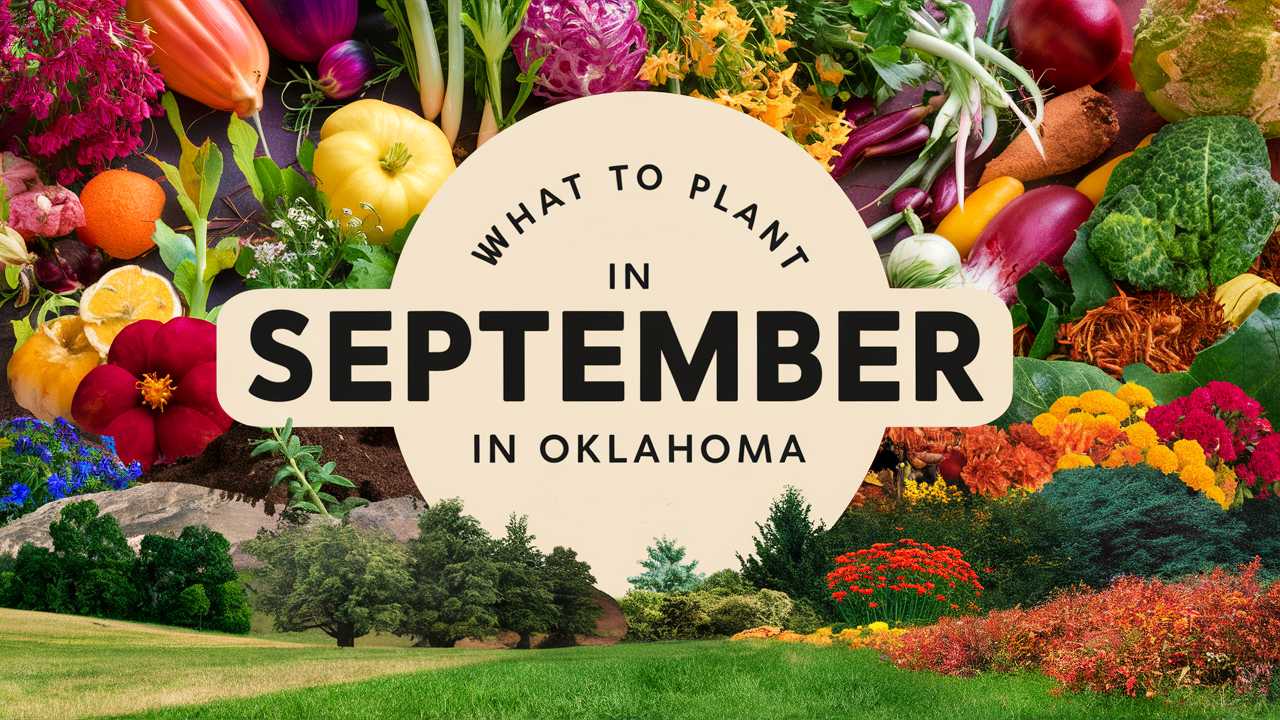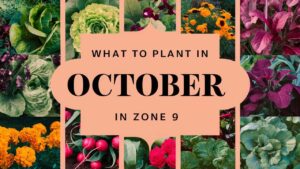In this guide, we will explore the best plants to sow during this month, offering guidance on their temperature tolerances, planting dates, and care instructions to help you maximize your gardening efforts.
Vegetables To Plant
Spinach

Spinach thrives in cool weather and is a cool-season crop ideal for planting in September. The seeds can be sown directly in well-drained soil, ½ inch deep. Fertilizing with a balanced organic fertilizer will enhance growth. Spinach prefers temperatures between 50°F and 60°F. In Oklahoma, the best time for planting spinach is from late August to early September. This fast-growing green can be harvested about a month after sowing.
Radishes

Radishes are among the quickest vegetables to mature, making them perfect for a September planting. Seeds can be sown ½ inch deep, spaced around 1 inch apart in rows 12 inches apart. Radishes prefer a temperature range between 50°F and 70°F, and in Oklahoma, they can be planted from mid-August through early September. They typically mature in 20-30 days, allowing for a quick turnaround. Plus, with their crisp texture and peppery flavor, they’re a versatile addition to salads or pickling.
Carrots

Carrots are another suitable option for September planting. Typically, late summer to early fall is the optimal time to sow these root vegetables. It’s best to plant carrot seeds ¼ to ½ inch deep in loose, sandy soil to allow for proper growth. Additionally, the seeds should be spaced 2 inches apart in rows that are 12-18 inches apart. Ideal temperatures for carrots range from 60°F to 75°F, ensuring they enjoy the cooler days of September. Harvest time will be approximately 70-80 days after planting, so plan accordingly!
Kale
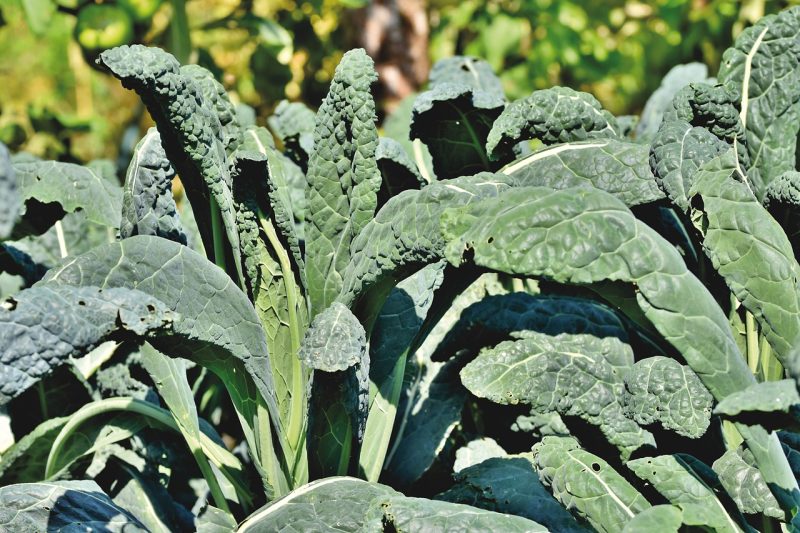
Kale is a hardy leafy green that thrives in the cool temperatures of fall. For best results, sow kale seeds about ½ inch deep, spaced 12-18 inches apart. This plant performs best in temperatures 55°F to 65°F. In Oklahoma, September is a great time for sowing, with a final harvest likely occurring in late fall. Kale can survive even light frosts, improving its flavor and texture when exposed to cooler temperatures.
Turnips
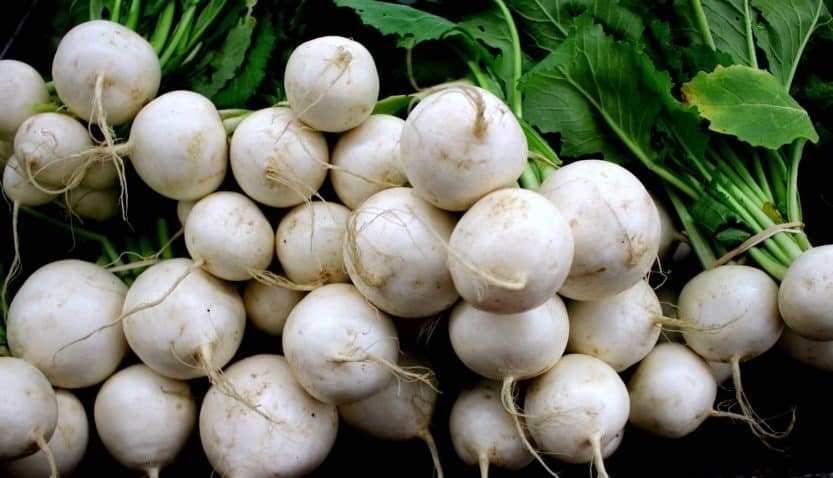
Turnips are versatile and quick-growing root vegetables that can be sown in September. Plant turnip seeds ½ inch deep in moist, well-drained soil, allowing for spacing of about 1 inch apart in rows 12 to 18 inches apart. They flourish in temperatures ranging from 50°F to 65°F. Turnips mature quickly, typically within 30-60 days, making them an attractive option for a late-season harvest in Oklahoma.
Beets
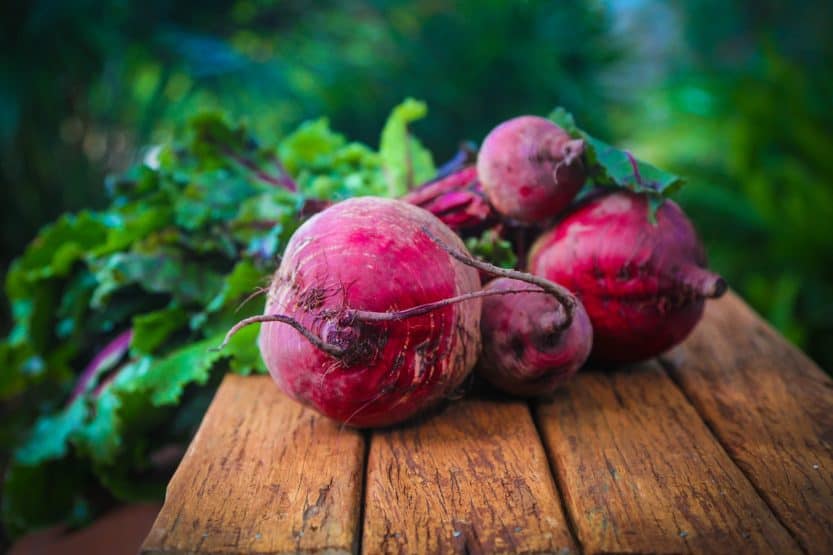
Beets are another must-plant vegetable in September. Kids love their vibrant colors, and adults appreciate their nutritional value. Sow the seeds about ½ inch deep in well-prepared soil, moist but not soggy. Beets thrive best in temperatures between 50°F and 75°F. In Oklahoma, this means sowing seeds in early September for a harvest that can be enjoyed by late fall.
Swiss Chard

Swiss chard is notable for its vibrant colors and broad harvest window. Seeds can be sown ½ inch deep in nutrient-rich soil. Swiss chard tolerates temperatures from 50°F to 85°F, making it quite adaptable. In Oklahoma, September is a great time to sow. The leaves can be harvested as needed, allowing you to enjoy fresh greens well into the fall and even into early winter.
Mustard Greens
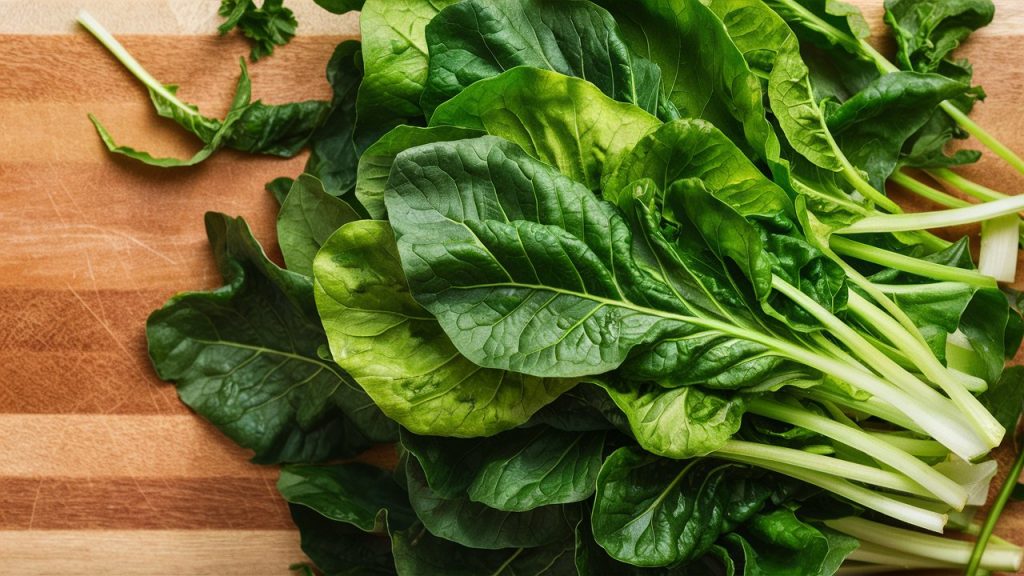
Mustard greens thrive well in the cool weather typical of fall. For planting, seeds should be sown about ½ inch deep, spaced approximately 2 inches apart. They prefer a temperature range from 50°F to 75°F. In Oklahoma, late September is a suitable timeframe for sowing seeds. As a fast-growing crop, mustard greens can be harvested just a month after planting.
Green Onions
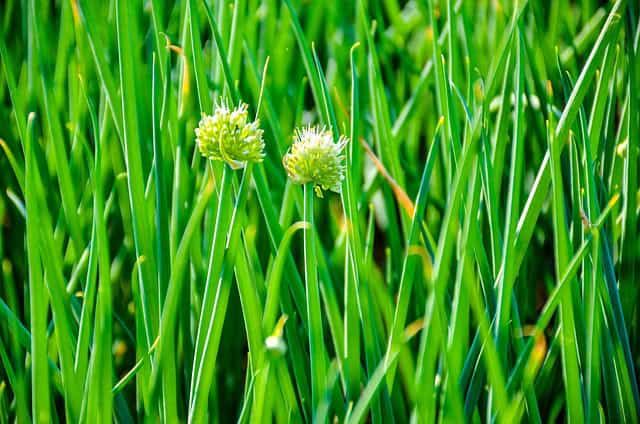
Green onions can be planted in September from seeds or sets, making them a convenient choice. Plant seeds ¼ inch deep and sets about 1 inch deep, ensuring they are spaced adequately for growth. They thrive in cooler weather with ideal temperatures from 50°F to 70°F. In Oklahoma, this aids in multiple harvests throughout the fall, as green onions can be continuously harvested until the ground freezes.
Broccoli

Broccoli is a nutritious and versatile vegetable that can be grown in the fall. Sow seeds ¼ inch deep or transplant seedlings spaced roughly 18-24 inches apart. Broccoli flourishes in temperatures from 55°F to 75°F. Ideal planting usually occurs in early September in Oklahoma, with an expected maturity time around 60-100 days. This vegetable can withstand light frosts, making it a viable option for late-season gardens.
Flowers To Plant
Pansies

Pansies are a popular fall flower that fills gardens with vibrant color. They thrive in cooler temperatures, preferring a(range of 50°F to 70°F, making them perfect for Oklahoma’s late summer planting. Pansies can be planted directly in the ground in September, about 6-8 inches apart. With proper care, these resilient flowers extend the bloom season, often lasting until spring.
Snapdragons
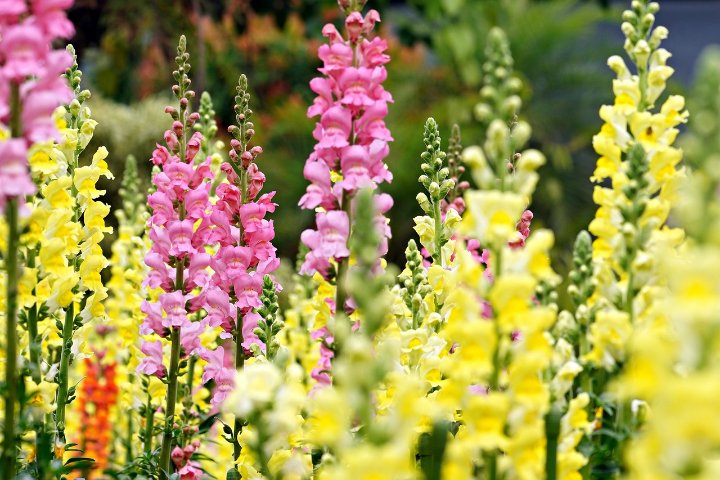
Snapdragon plants are known for their towering blooms, adding height and whimsy to any landscape. They prefer cooler growing conditions (55°F to 70°F) and can be planted in September in Oklahoma. Space snapdragon seeds about 6-12 inches apart, either directly sown or through transplanting. Their flowers come in various colors and can endure light frosts, providing an extended blooming period.
Mums (Chrysanthemums)
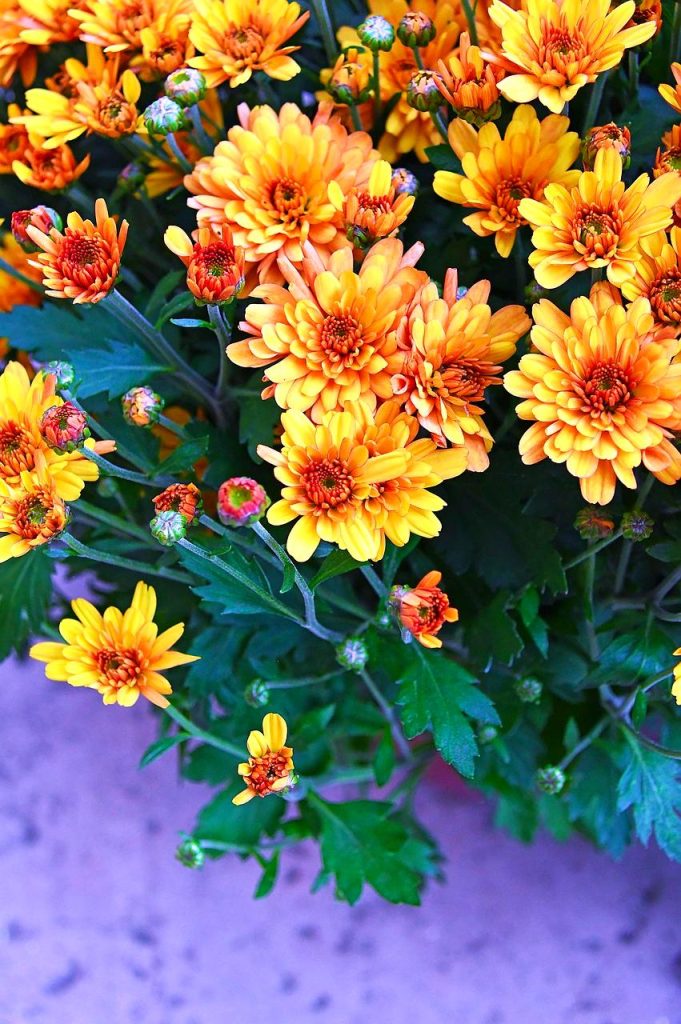
Chrysanthemums, commonly known as mums, are quintessential fall flowers perfect for Oklahoma gardens. Mums prefer a temperature range of 60°F to 75°F for optimal growth. They should be planted in mid to late September, allowing them to establish before the first frost. Provide well-draining soil and space them about 18 inches apart for optimum air circulation and growth.
Asters
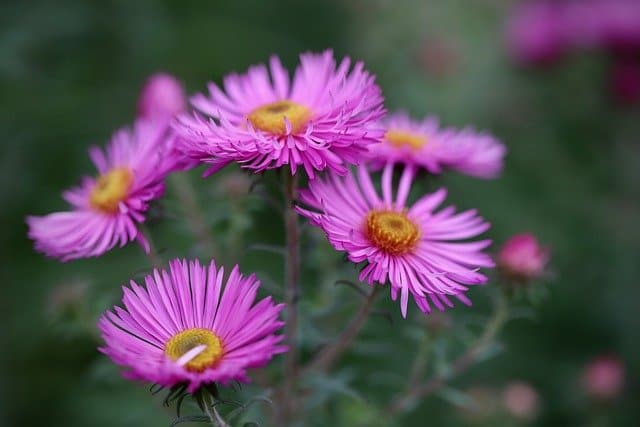
Asters offer wonderful fall blooms that attract pollinators such as butterflies. Planting aster seeds in September ensures that they can establish roots before cold weather sets in. Best suited for temperatures between 60°F and 70°F, they can be planted about 12-18 inches apart. Asters require well-drained soil and can provide a beautiful contrast to fall foliage.
Ornamental Kale
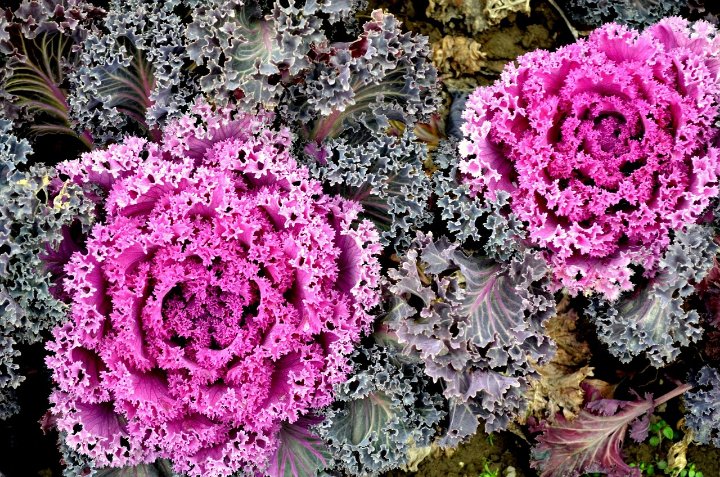
Ornamental kale is an unusual yet stunning plant that adds visual interest to any garden. Typically planted in mid to late September, this hardy plant thrives best in cooler temperatures (50°F to 65°F). Space ornamental kale plants about 12 inches apart, as they require space to flourish and develop their brilliant colors.
Cosmos
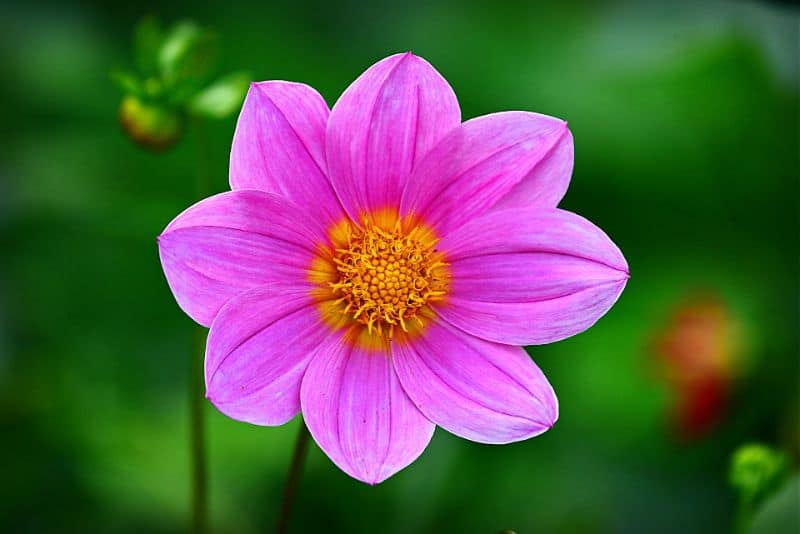
Cosmos are known for their delicate, daisy-like flowers and long blooming seasons. They perform well in temperatures ranging from 55°F to 75°F. In Oklahoma, sow seeds directly into the soil in September, spacing them 12-24 inches apart. These cheerful flowers are drought-tolerant and can adapt to various soil types, making them versatile for various gardening styles.
Marigolds

Marigolds are a gardener’s favorite, known for their pest-repelling abilities and vibrant colors. They flourish in temperatures between 60°F and 80°F. Plant seeds or seedlings in early September for a late-season bloom, spacing them about 8-12 inches apart. Marigolds make great companions for other plants and can last well into the fall.
Sweet Alyssum
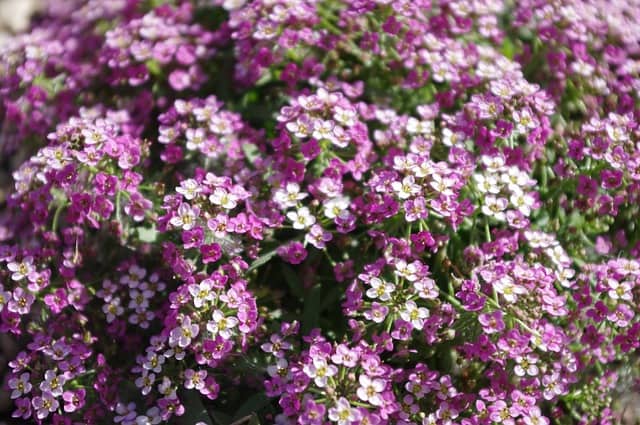
Sweet Alyssum brings not just color but also a sweet fragrance to gardens. Its adaptability makes it suitable for Oklahoma’s September planting, thriving in temperatures ranging from 55°F to 75°F. Plant these flowers 6 inches apart to ensure good air circulation. They can thrive in various soil types while attracting bees and other beneficial insects.
Zinnias
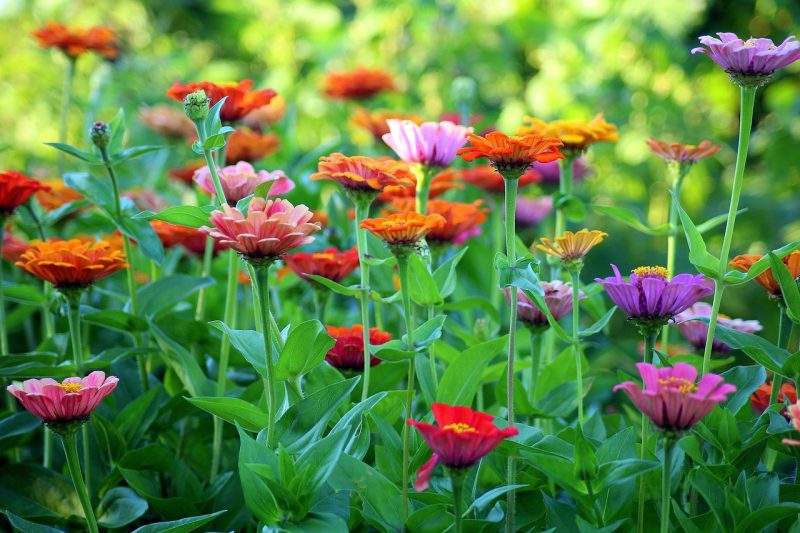
Zinnias offer a long-lasting burst of color in gardens, often blooming from early summer through to fall. They thrive in well-draining soil and prefer temperatures of 60°F to 80°F. Plant zinnia seeds in September to catch the late bloom season, spacing them about 8-18 inches apart. These fast-growing flowers make them excellent for late-season enjoyment.
Herbs To Plant
Cilantro

Cilantro (or coriander) is a quick-growing herb preferred in cooler climates. The seeds can be sown directly into the soil about ½ inch deep, spaced approximately 6 inches apart. Cilantro thrives in temperatures ranging from 50°F to 70°F, making September an optimal planting month for Oklahoma gardens. With a harvest time of roughly 3-4 weeks, you’ll be able to use this fresh herb in various dishes.
Parsley

Parsley is a versatile herb that can be grown in both sunny and partially shaded areas. It prefers cooler growing temperatures between 45°F and 75°F. Sow seeds about ¼ inch deep, spacing them 6-8 inches apart. In Oklahoma, parsley can be planted in September, with a growing period of approximately 70-90 days to achieve a plentiful crop.
Chives
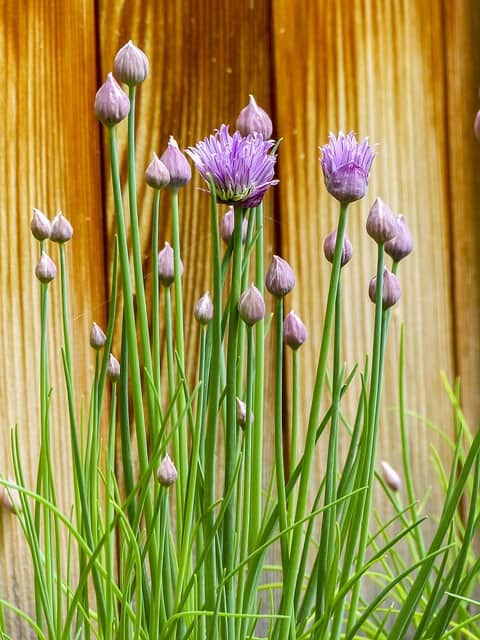
Chives are an excellent herb for fall planting, thriving in cooler conditions. Plant chive seeds or divisions about ¼ inch deep and space them around 8-12 inches apart. Chives prefer temperatures between 60°F and 75°F and can be grown indoors or outdoors. In Oklahoma, they can be successfully planted in early September, with harvestable greens appearing in as little as 30 days.
Thyme
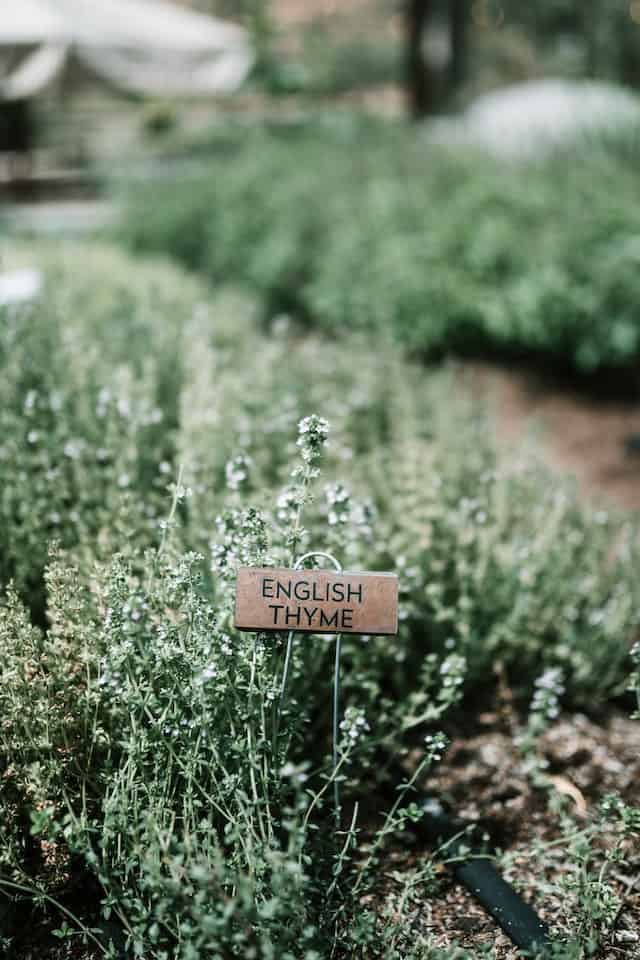
Thyme is a drought-tolerant perennial herb that flourishes in well-drained soil. It thrives best in temperatures from 60°F to 80°F and can be planted in Oklahoma from mid to late September. Plant thyme seeds about ¼ inch deep and space them 12-18 inches apart. This lovely herb adds flavor to countless dishes and a wonderful aromatic experience to the garden.
Sage

Sage is a hardy perennial herb known for its rich flavor and resilience. Optimal planting occurs in early to mid-September in Oklahoma, where it can tolerate temperatures ranging from 60°F to 75°F. Seeds should be sown about ¼ inch deep, spaced 12 inches apart. This herb becomes more flavorful after a frost, offering delicious leaves for culinary use well into late fall.
Oregano

Oregano is a staple herb in many cuisines and thrives in well-drained soil with ample sunlight. Ideal temperatures range from 60°F to 80°F, making September a great time to plant in Oklahoma. Sow seeds about ¼ inch deep and space them 12-18 inches apart. Oregano can be harvested within 70-90 days, making it a rewarding addition to your herb garden.
Dill
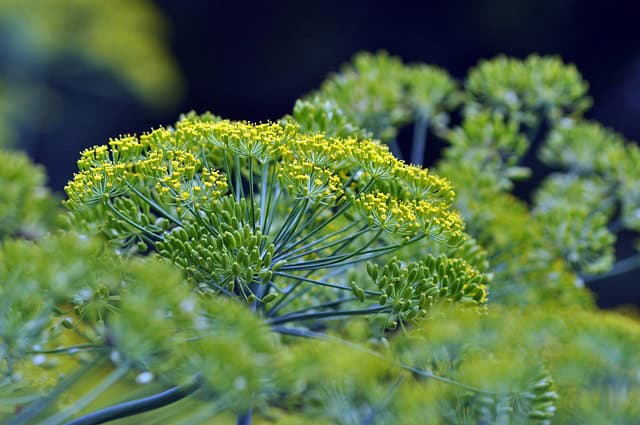
Dill is known for its feathery leaves and distinctive flavor. It prefers cooler weather, thriving best at temperatures between 50°F to 70°F. Dill seeds should be sown about ½ inch deep and spaced around 12 inches apart. In Oklahoma, mid to late September presents an excellent opportunity for planting, with a harvesting window around 40-60 days.
Fennel
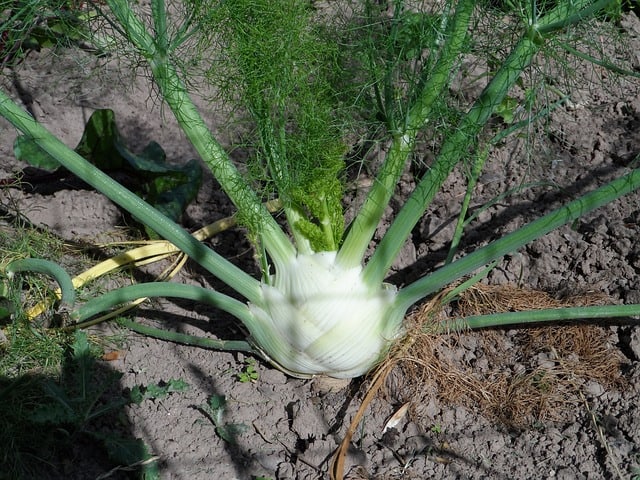
Fennel is an aromatic herb that can be used in variety of dishes. Plant fennel seeds in well-drained soil about ½ inch deep, spaced about 12 inches apart. This herb appreciates cooler temperatures (55°F to 75°F). Late September in Oklahoma is an ideal time to establish this plant, with a maturity time of roughly 80-100 days.
Mint
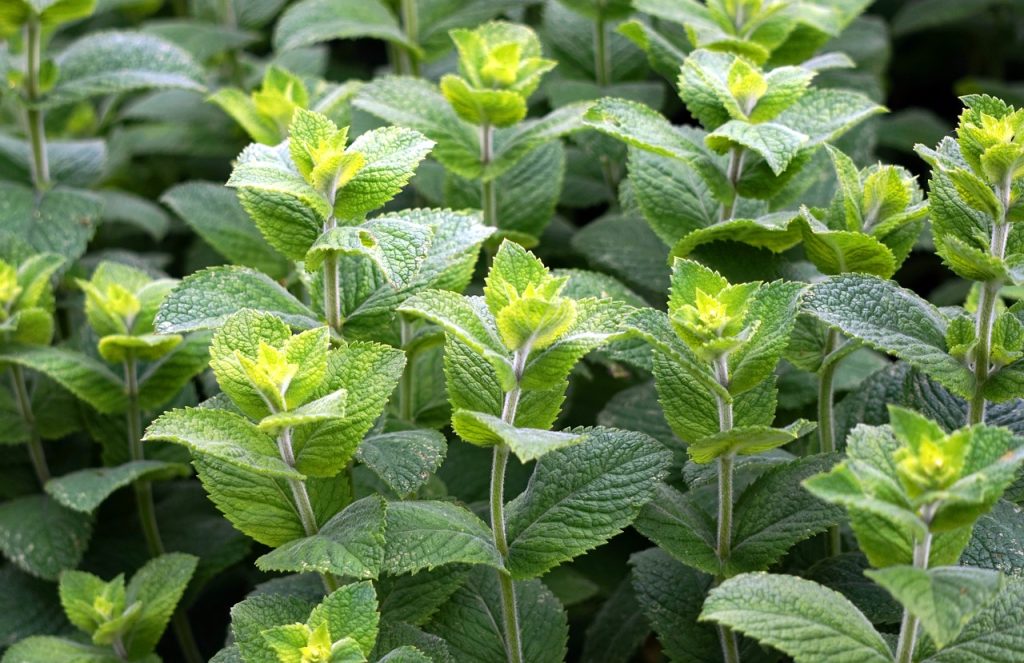
Mint is an aggressively-growing perennial herb that thrives alongside other plants. It prefers temperatures ranging from 50°F to 70°F, making mid to late September a viable planting period in Oklahoma. Planting 12-18 inches apart allows for ample spreading. Mint can be harvested within 60-90 days and can provide a fresh aroma and flavor to numerous culinary creations.
Lemon Balm
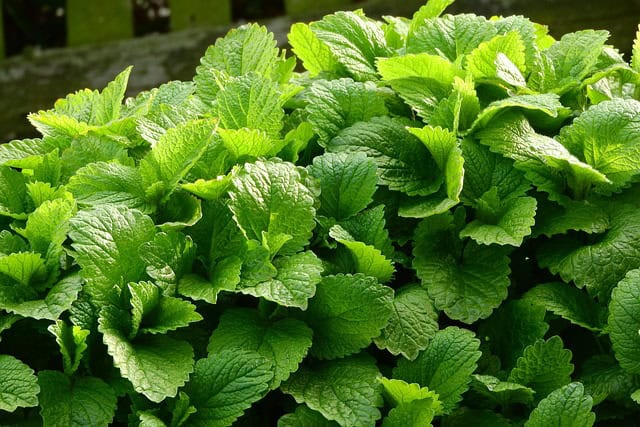
Lemon balm is a fragrant herb that thrives in various conditions. It prefers moderate temperatures between 60°F to 80°F. Seeds can be sown about ¼ inch deep and spaced 12-18 inches apart. When planted in Oklahoma during September, lemon balm can be harvested within 90-120 days, allowing you to enjoy its refreshing scent and flavor throughout the fall.
Landscape Plants To Plant
Ornamental Grasses
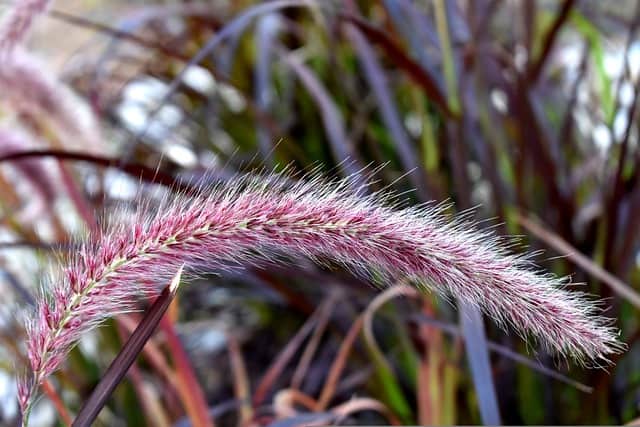
Ornamental grasses add texture, movement, and seasonality to landscapes. Plant robust varieties such as Feather Reed Grass or Blue Fescue in September for optimal growth through the cooler months. These grasses thrive in a range of temperatures and make excellent additions to garden borders or mass plantings.
Perennials
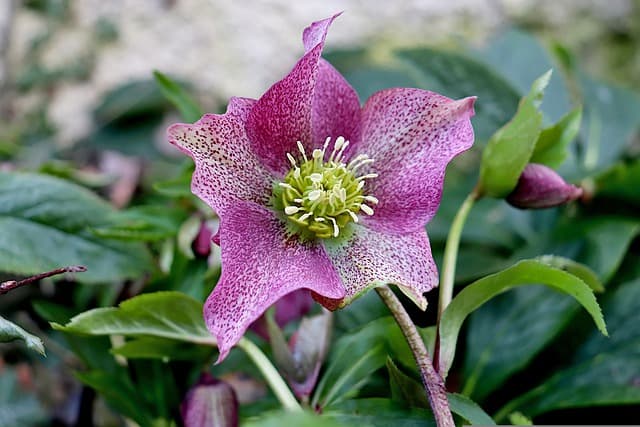
Planting perennials like coneflowers or black-eyed Susans in September ensures time to establish roots before winter. Ideal for Oklahoma, perennials provide year-round interest, requiring minimal maintenance once established. Space these robust plants appropriately to ensure proper air circulation and light.
Shrubs
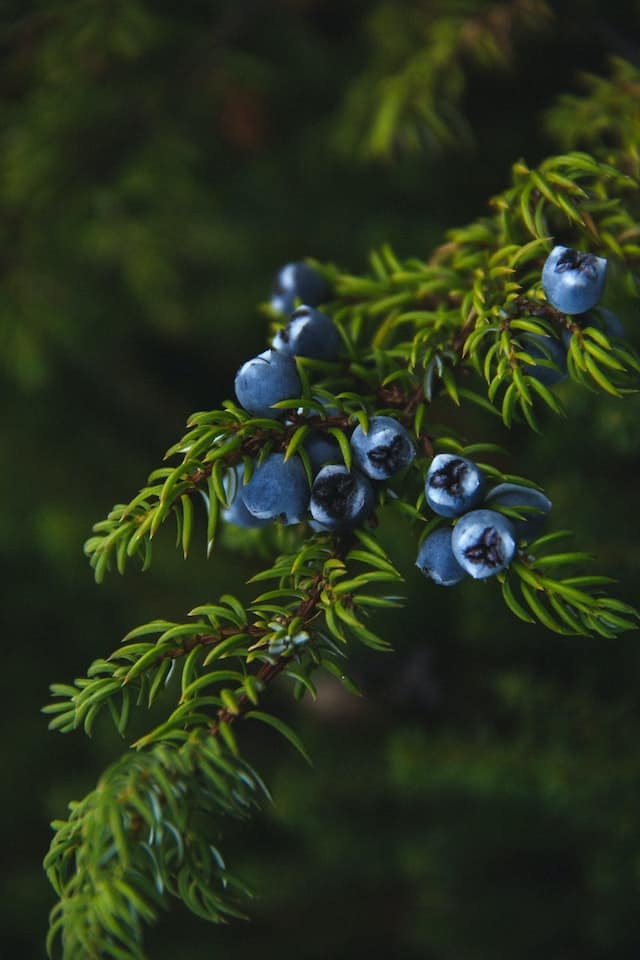
September is a great time to plant various shrubs such as boxwoods or hydrangeas. These hardy plants establish roots in cooler weather, ensuring vigorous growth in the following spring. Well-draining soil and appropriate sunlight exposure are critical. Shrubs also offer all-season interest, providing beautiful foliage or blooms.
Trees

Consider planting deciduous trees such as red maple or oak in September. Early fall is ideal for tree planting in Oklahoma, as it gives them time to establish roots before winter dormancy. Tree selection is vital since some trees may prefer higher moisture.
Bulbs
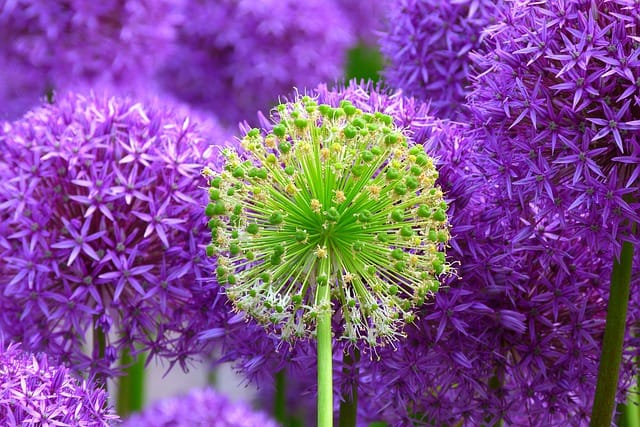
September is the perfect month to plant spring-flowering bulbs such as tulips or daffodils. These bulbs benefit from the cooler soil temperatures, allowing them to root deeply before the ground freezes. Planting them 6-8 inches deep ensures vibrant blooms by spring.
Ground Covers
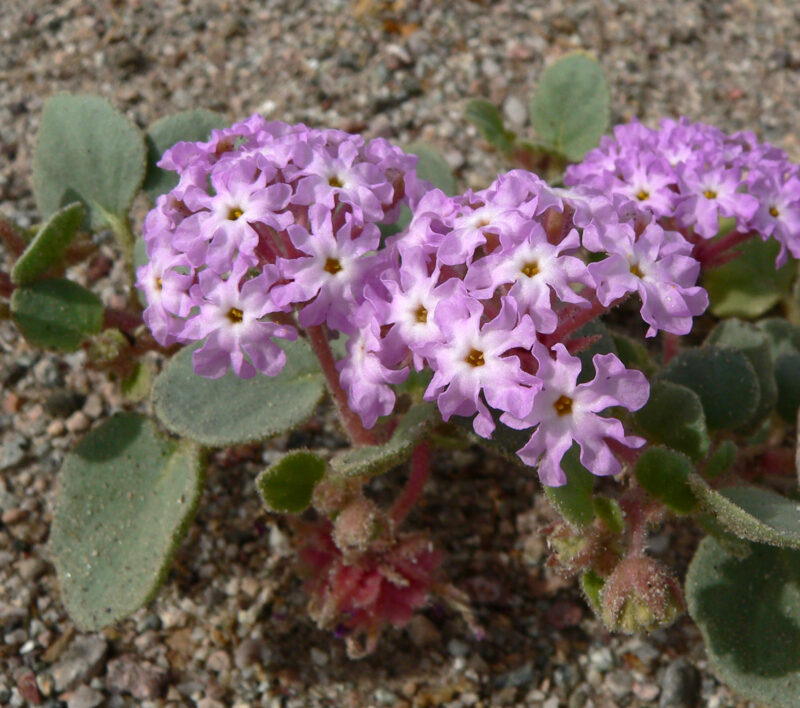
Ground covers like creeping phlox or ajuga are ideal for planting in September. These low-growing plants provide excellent coverage and visually appealing ground layers. Additionally, they help prevent soil erosion. Ground covers establish quickly, making them a reliable choice for the fall planting season.
Vines
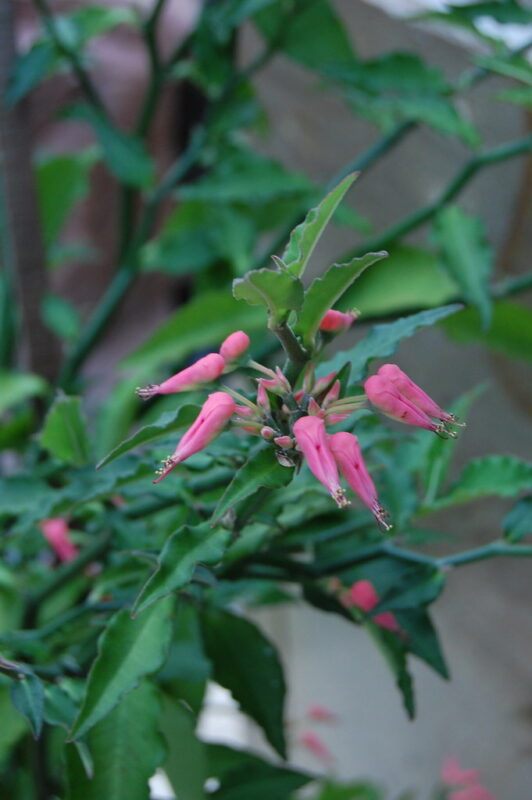
Vines like clematis or honeysuckle thrive in cooler weather. When planted in September, these robust plants can establish roots before winter, ensuring vigorous growth come spring. Providing a trellis or support is critical for encouraging upward growth and adding vertical interest to your landscape.
Native Plants
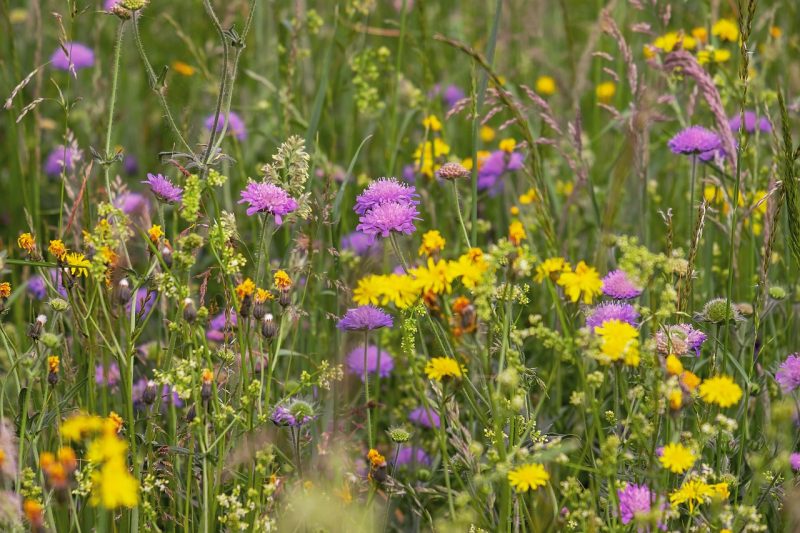
Utilizing native plants such as bee balm or echinacea when planting in September can attract local pollinators. Native plants are generally more resilient and easier to maintain. They adapt well to Oklahoma’s diverse conditions, requiring less irrigation and supporting local ecosystems.
Fruit Trees
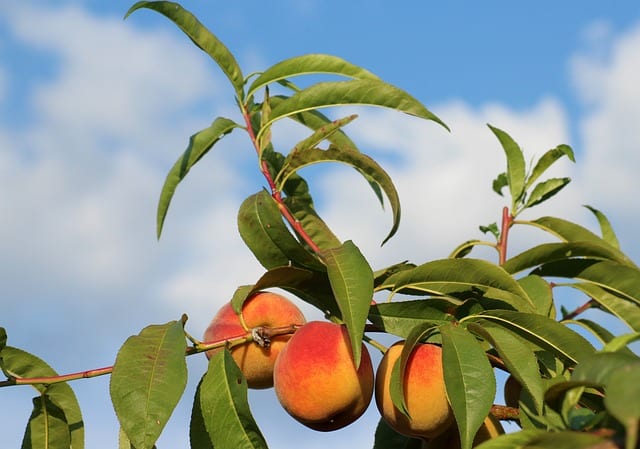
Fruit trees such as apple or pear benefit from fall planting, allowing them to establish roots during the cool months. Not only do they provide delicious yields, but they also add character to your landscape. Select a location with adequate sunlight and well-draining soil for optimum growth.
Evergreens
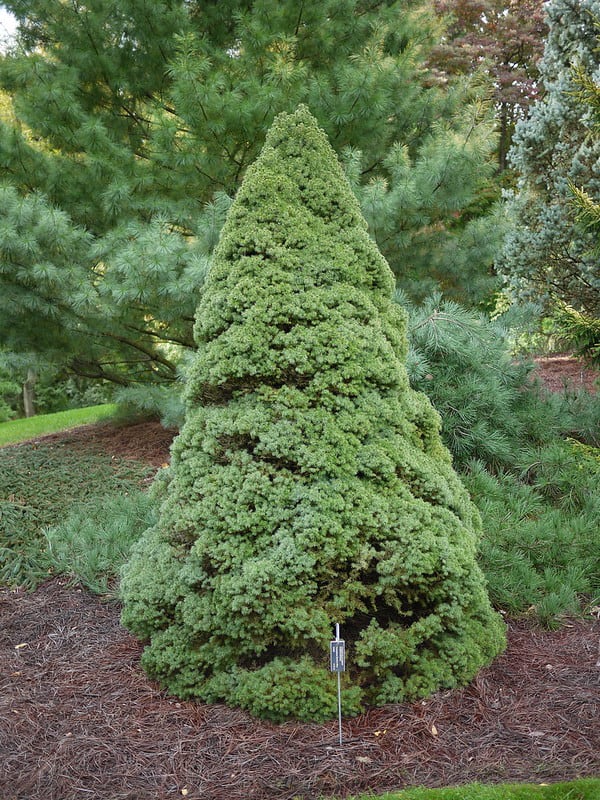
Lastly, evergreens like spruces or pines provide year-round appeal and habitat for wildlife. Planting in September helps them establish roots before the ground freezes. Ensure adequate spacing according to the species to promote healthy growth and prevent overcrowding.


